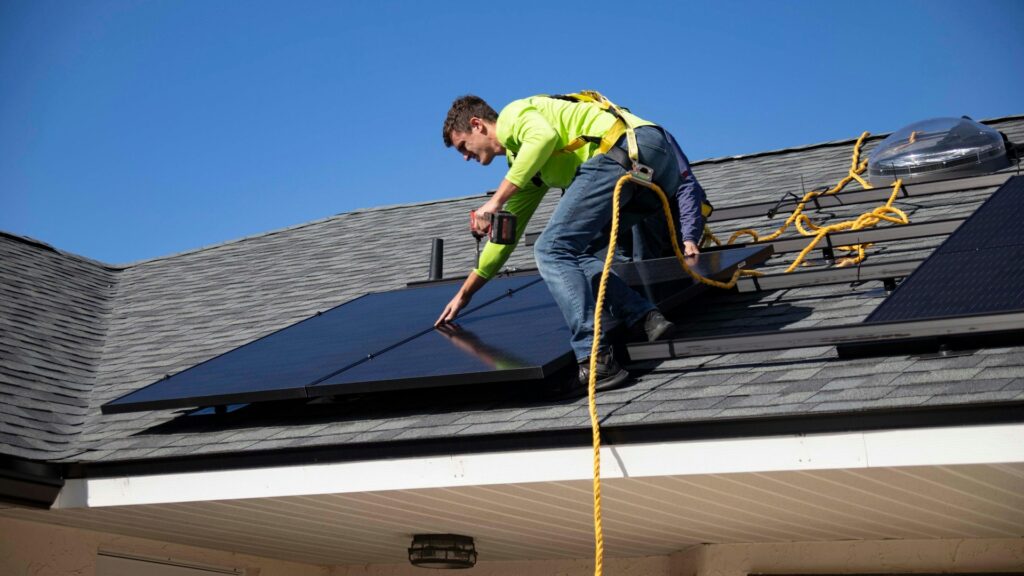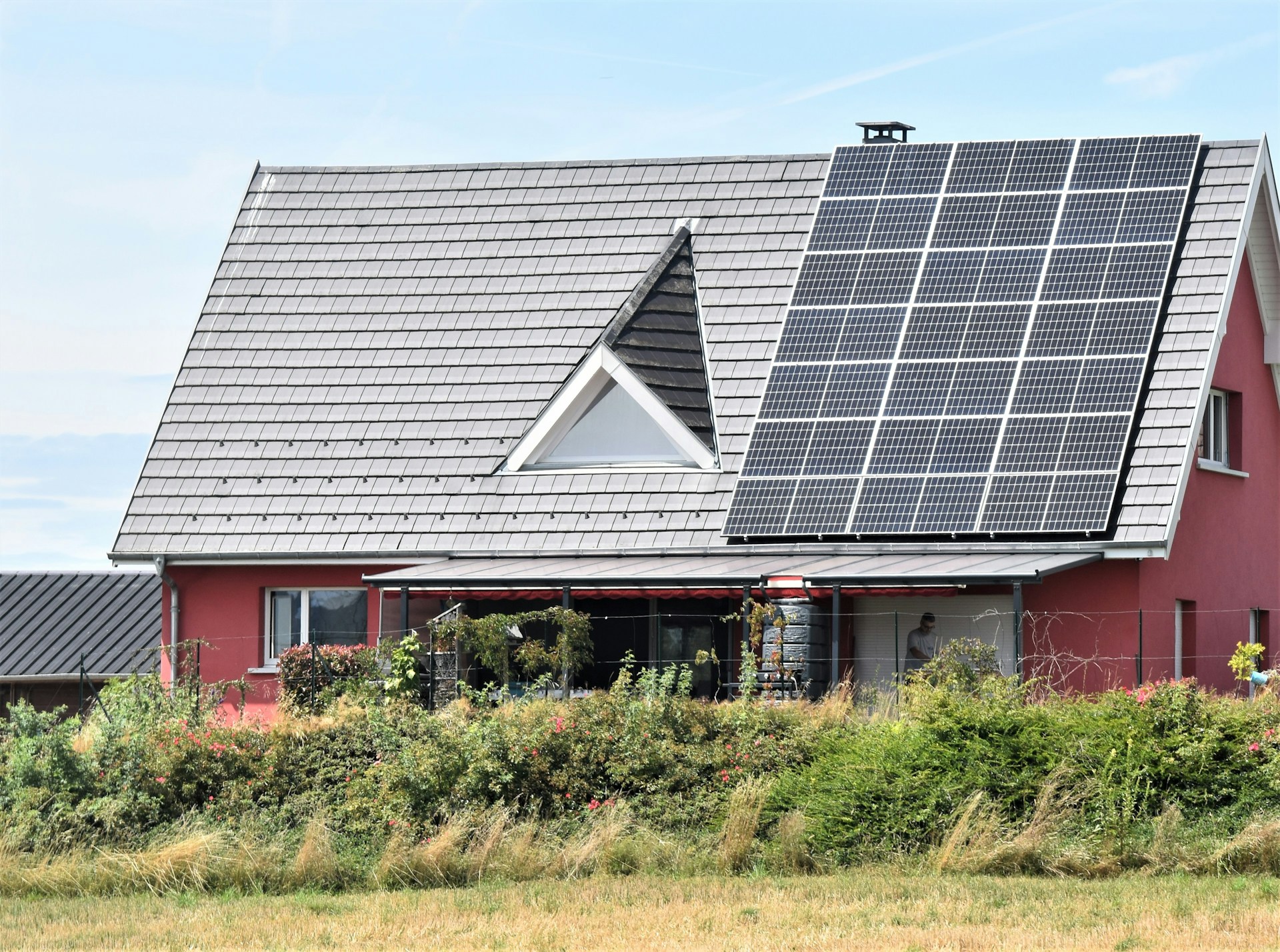5 Green Building Techniques to Reduce Costs in Affordable Housing
The demand for cheaper or rather affordable housing has increased and is being pushed hard harder due to increasing urban inset populations and the consequent inherent need for sustainable housing solutions.
When incorporated into the construction process, green building techniques offers a savings in cost, and a boost in efficiency in affordable housing.
Significantly, it improves residents, especially those in the low income households, utility bills and it is eco-friendly.
Here is a brief insight into five effective strategies to green building techniques that can be adapted to provide affordable housing solutions while holding out for Sustainability and Viability.
1. Energy-Efficient Building Design and Orientation
Top of the list under green building techniques is the energy-efficient design and orientation of the building.
The peculiarities of affordability and housing often mean that the method of high-performance design is one of the most cost-effective and efficient ways to reduce the energy use levels in buildings.
Through the strategic placement of buildings to allow for the admission of natural light and air into the structures, much less use of artificial lighting and air conditioning is likely to be made, hence massive savings are likely to be achieved.
Drooping roofs and large windows, installed in orientations for obtaining daylight, and aspects such as cross-ventilation allow the climate inside the building to be controlled without extensive use of heating or cooling equipment.
Besides, energy efficient also entail the construction of the layout to harness thermal mass, which are materials that have the capability to trap, stabilize and release large amount of heat.
Main construction materials such as concrete, bricks or stone during the construction of the building’s nucleus play a huge role in controlling of indoor climate as they offer passive solar heating.
Such an approach may prevent overtime costs as well as minimize the carbon footprint of the building while at the same time not require much extra costs of the initial construction phase.
2. High-Performance Insulation for Reduced Energy Costs
Correct insulation is one of the most essential components to green building techniques and affordable housing, because it takes consideration of heating and cooling.
High performance of the insulation securing the inner environment the does not fluctuate significantly, thus minimizing the need for HVAC systems to actively run.
In affordable housing this can mean substantial savings as energy costs are passed directly to residents while a longer lasting building reduces expenditures, and saves on cost of repairs.
Many green insulating products like cellulose, recycled denim or sheep wool are available having good thermal property and are also environment friendly.
Though some of these materials are relatively expensive than the normal building materials, they do not require frequent replacement as they are equally-expensive in terms of energy efficiency.
When deciding on insulators, this is one of the cost-reducing green building techniques where the developers and investors can opt for more effective thermal values and lower costs, also being more environmentally conscious choosing materials that fit the project needs.
3. Water-Efficient Fixtures and Rainwater Harvesting
Water efficiency is a major aspect of sustainable construction especially for countries that receive little rainfall.
Changing existing faucets, showerheads, and even toilets to low-flow varieties is one of the easiest initiatives that can be taken with the goal of using much less water.
Such fixtures ensure that the residents use less water for fixing the problems hence minimizing their water bill payments, and at the same time minimizing the undue pressure put on the available water sources.
In the case of affordable housing projects, such a small investment can go a long way in reaping large benefits in the long run for both tenants and property owners.
Another water saving measure that can be taken while spending meager amounts of cash is through Rain water harvesting.
Just placing a simple rain barrel beneath a downspout means that rainwater can be captured for irrigation purposes or direct not potable use inside a home.
This is one of the green building techniques that helps in decreasing pressure on the municipal water systems and therefore is an act of environmental concern together with water sparing thus cutting on expenses on water.

4. Solar Power Integration and Renewable Energy Sources
Admittedly, the cost of going solar is prohibitively expensive, including the initial costs of installation; however, the cost of solar technology has been on the decline.
Solar panels can be used to harness electricity for production and supply in a building resulting to reduced electricity costs for tenants.
For affordable housing, this translates to ability to use less of house rent and have more disposable income to buy energy as compared to the past where utility prices jumped erratically.
Global energy sources that may be used depending on the location and climate include small scale wind mills, or geo-thermal heating systems.
While these options may be slightly more costly initially due to the initial investment in the proper equipment for the facility and may need additional planning the incorporation of renewables in affordable housing projects can thus provide a long term value addition to the residents as well as support the overall goal of sustainability.
5. Use of Recycled and Locally Sourced Building Materials
Reusing organic materials and materials from the surrounding area is a great way to implement a green building design strategy because of the following reasons:
Reused material may comprise of recycled timber, recycled steel or composite material, and in many occasions, cost cheaper than newly sourced material hence minimizing the construction costs.
Also, because locally sourced materials do not require transportation from the far region they are cheaper when comparing the total cost of construction and the amount of emissions given out to the environment.
Controlling construction waste can also be achieved by choosing modulated or pre certified materials in order to prevent the need for such operations as cutting or shaping during the construction.
Not only this improves the construction duration but also since most waste in construction is time specific, minimizing construction time reduces wastage significantly.
The use of recycled and local products have an added advantage since they assist in supporting local firms hence being in the interest of both the developer and the community, thus a very potent factor under the green building techniques.
Conclusion: Global Practice for Sustainable and Cheap Construction
The adoption and implementation of clay brick blocks into affordable housing will be of benefit to its residents, affordable, promote the environment and reduce costs.
Energy-efficient designs, the best insulation, water conserving products, renewable energy, and sustainable materials are the best green building techniques that make housing affordable, durable, and energy-efficient structures.
It also aids in decreasing the bills and strains associated with usage of utilities hence making the residents to incur healthy and sustainable living standards.
Even more cities and developers are admitting to the concept of green building and the affordable housing projects, which are sustainable now hold the path to a green and better future.
Also read: Barriers to Undertaking Green Building Projects in Developing Countries: A Turkish Perspective

